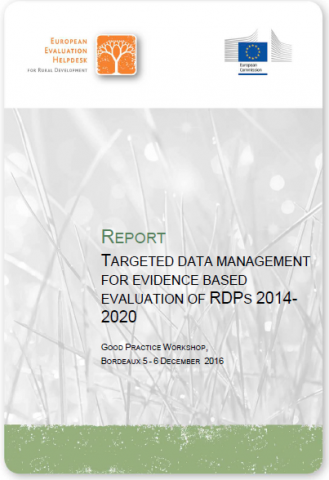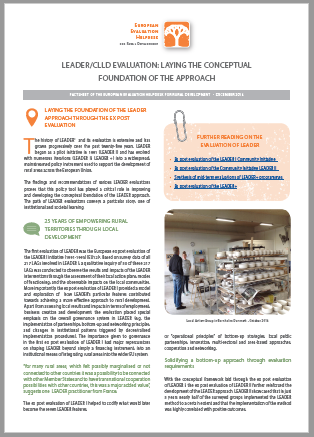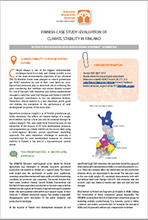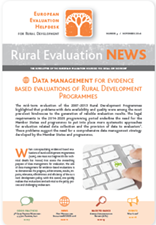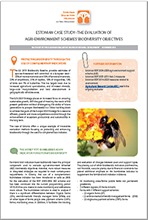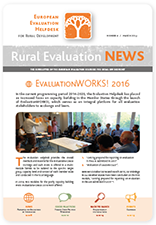
Discover articles on:
- EvaluationWORKS! 2016 experiences from the Member States
- Preparing the evaluation of innovation in RDPs 2014-2020
- Fourth Good Practice Workshop: 5-6 December Bordeaux, France
Expand your knowledge of:
- Evaluation at the local level

